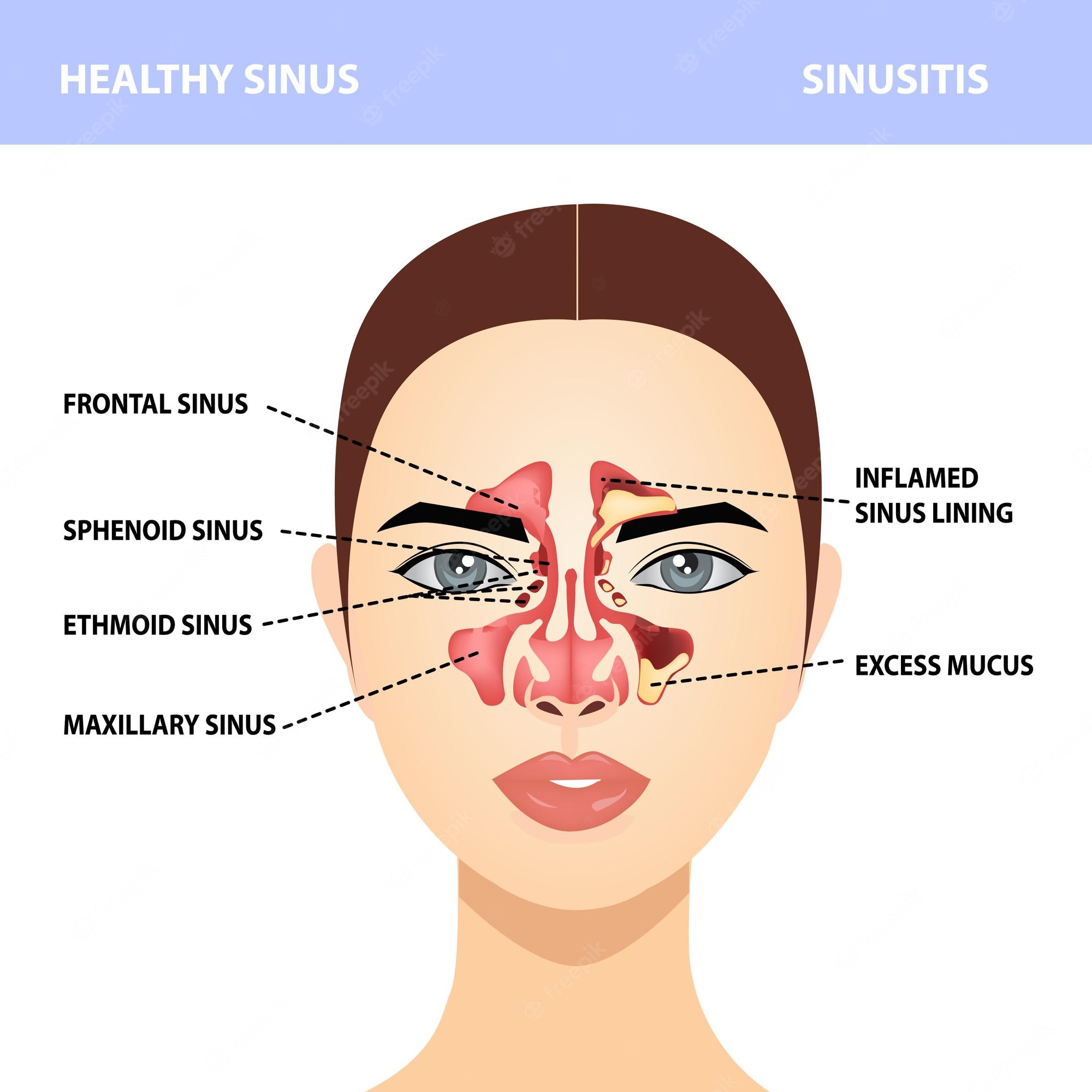The Impact of Artificial Intelligence and Machine Learning in Healthcare
Artificial intelligence (AI) and machine learning (ML) are having a huge impact on nearly every industry. These technologies have the potential to transform the $3 trillion healthcare market by enabling more accurate diagnoses, faster research, and more personalized care. In this blog post, we’ll explore how AI and ML are being used in healthcare. The advantages of these technologies for healthcare providers, and the challenges that must be addressed before they can be implemented more widely.
What is Artificial Intelligence?
Artificial Intelligence (AI) is the ability of a computer program to perform tasks that would otherwise require human intelligence. AI has many applications, such as recommendation engines that predict what you might like to buy or computer vision systems that can diagnose diseases and catch medical bills inaccuracies.
There are three types of AI: Narrow AI, General AI, and Superintelligence. Narrow AI is a computer program that is designed for a specific task, such as recommending movies or optimizing supply chains. General AI is a computer program that is designed to perform tasks that are usually associated with human intelligence, such as reading and understanding language, solving problems, and making decisions.
Superintelligence is a computer program designed to vastly exceed the intelligence of humans in every field, potentially threatening humanity. While Superintelligence is still purely theoretical, Narrow AI and General AI are being explored and implemented in a variety of industries.
What is Machine Learning?
Machine learning is a type of artificial intelligence in which computer programs are able to learn without being programmed. Typically, machine learning algorithms are trained with data to identify patterns and make predictions based on those patterns. This is different from traditional programming, where a computer program is specifically programmed to do a certain task according to a set of rules.
There are many types of machine learning algorithms. Some of the most common types of algorithms include supervised learning, unsupervised learning, and reinforcement learning. Supervised learning is used to train computer programs to predict future outcomes based on past data.
Unsupervised learning is used to cluster data into various categories without providing a specific outcome. Reinforcement learning is used to train computer programs to make optimal decisions without being told the specific outcome.
How is Artificial Intelligence being used in Healthcare?
Computer vision systems are being used to identify abnormalities in radiology images and automate certain tasks such as reading blood tests and blood pressure readings. Natural language processing systems are being used to analyze unstructured data such as doctor notes and patient records.
Computer programs are being used to make predictions about patient health such as disease risk, medication adherence, and likely side effects from drug treatments.
AI can be used to predict the likelihood that a patient will be readmitted to the hospital, determine which patients have the highest risk of death, and identify patients who may be suitable for surgery.
AI can also be used to generate reports about patient outcomes and disease progression. This information can be used to make better treatment decisions and improve patient care.
Machine Learning in Healthcare
Artificial intelligence and machine learning have huge potential in health care — and are already making significant impacts in diagnosis, treatment, and research. Based on easy-to-find examples in health care, it is clear the field is ripe for successful use of AI. The capability of computers to “read” images obtained using MRIs, CT scans, and X-rays is providing new insights into the way diseases and injuries affect different parts of the human body.
The ability to “listen” to the sounds produced by the heart, lungs, and other organs is opening new windows into the state of health of millions of people around the world. The capability to “feel” the vibrations produced when muscles move and bones are stressed is opening new doors to the way sports are practiced and injuries sustained.
Benefits of AI and ML in Healthcare
– Accuracy – AI and machine learning can make diagnoses much more accurately than humans. This is particularly true in situations where there is a large amount of data available for analysis. Doctors are often overwhelmed with data and miss subtle patterns. AI algorithms can comb through large amounts of data much more quickly and accurately than humans.
– Variety – AI and machine learning algorithms can be design to excel at a wide variety of tasks including image analysis, sound analysis, and text analysis. This makes it possible for a single algorithm to perform a wide range of tasks. This makes it easier to build robust AI systems.
– Variety of Sources – AI and machine learning algorithms can be train using data from a wide variety of sources. This makes it possible to teach algorithms to perform tasks that are difficult to do using patient records. For example, various computer vision algorithms have been trained using millions of images from patients to aid in the diagnosis of various diseases. This approach has proven to be much more reliable than using patient records alone.
– Speed – Many AI algorithms can perform simple tasks much faster than humans. This makes it possible to achieve results that would be difficult or impossible for humans. For example, AI programs can analyze large amounts of data and produce reports within seconds. It would take humans much longer to perform the same tasks.
Challenges to AI and ML in Healthcare
– Accuracy – While AI algorithms can make more accurate diagnoses than humans, they are not 100% accurate. Some algorithms incorrectly diagnose diseases or recommend treatments based on flawed logic. Humans are still responsible for reviewing the results of AI algorithms and approving any recommendations.
– Variety – Not all AI algorithms can perform a wide variety of tasks. Some algorithms are design to excel at a specific task and are not suitable for other tasks. This can be a challenge when building robust AI systems.
– Variety of Sources – Sometimes, data from a variety of sources is inaccurate. This can lead to problems when training AI algorithms. For example, some computer vision algorithms have been trained using X-rays with incorrect positioning. The algorithms have learned to mistake the incorrect positioning as normal and have recommended unnecessary surgeries.
– Speed – While many AI algorithms can perform simple tasks very quickly, more complex tasks take longer. This is particularly true when training algorithms with a variety of sources.
– Human Involvement – Some AI algorithms are completely automated. However, most require some level of human involvement. For example, doctors must review and approve the recommendations made by algorithms.
– Trust – Many people do not trust AI algorithms to make important decisions. This can be problematic when doctors are expected to review the recommendations made by the algorithms and approve them.
Conclusion
Artificial intelligence and machine learning have huge potential in health care – and are already making significant impacts in diagnosis, treatment, and research. In order to realize this potential, it is critical that researchers, developers, and scientists address the challenges outlined above.
We must make sure that the algorithms are accurate, the source data is reliable, and the algorithms are robust enough to handle the complexity of health care. We also need to overcome the trust barrier by explaining exactly how the algorithms work and reassuring people that the algorithms are trustworthy. Finally, we must find ways to simplify the process of implementing AI algorithms in health care.








